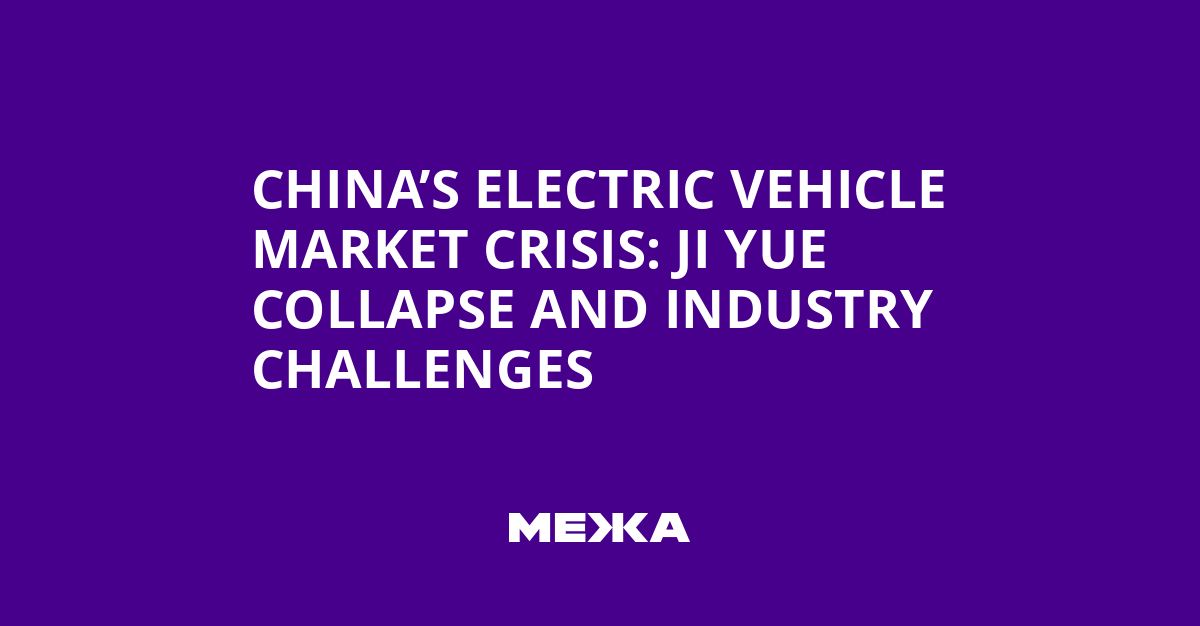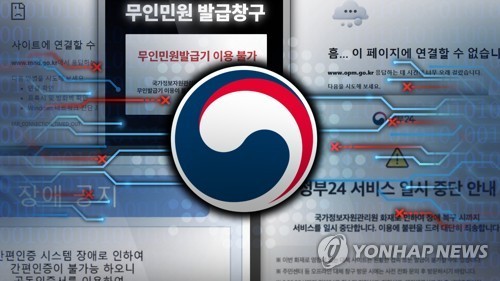In the spring of 2024, Li Honsing, the head of a social media advertising agency, took on a client who was considered a promising player in the Chinese electric vehicle market.
As an experienced marketing veteran of the auto industry, Li borrowed funds to finance Ji Yue’s promotion, hoping to eventually be repaid by the startup, which, according to him, had everything it took to succeed: a powerful product, growing sales, and support from wealthy investors.
But the expectations did not come true.
Within six months Ji Yue went bankrupt, leaving Li with a debt of 40 million yuan (about 5.6 million U.S. dollars).
“It was a feeling of total despair.”
The fall of Ji Yue is not a unique phenomenon: the Chinese automotive industry is experiencing a crisis due to ongoing price competition, which creates overcapacity and a race for market share among dozens of brands.
The electric boom in China has not only produced global leaders like BYD but also expanded production capacity that a number of companies are trying to take advantage of, even at the expense of unprofitable prices in the early stages.
The government systematically supports the industry with subsidies and other financial assistance – part of a strategy that has made China the world’s largest electric vehicle market and has fueled the country’s economy.
“In conditions of limited growth, products are becoming increasingly similar, and competition is intensifying; the fight is getting tougher.”
Continual price-front warfare reduces profitability and strains supply chains. Manufacturers and suppliers are forced to agree on extended payment terms and discounts, sometimes to the limit of what is allowed, in order to preserve their positions in the market.
Although China continues to export cars to Europe, Mexico and Canada, global markets are increasingly worried about oversupply at low prices and possible dumping.
“I think rounds of consolidation in China’s automotive industry will last another five years.”
In July, a government coalition led by Xi Jinping announced a crackdown on chaotic low-price competition as a regulatory-policy priority and introduced rules to reduce excess capacity and normalize payment schedules.
“The probability that five or fewer players will remain grows due to further consolidation.”
Analysts warn that the proposed steps will not deliver an immediate solution: reducing capacity could trigger social instability and require deeper structural reforms in the financing and income-distribution system within the industry.


